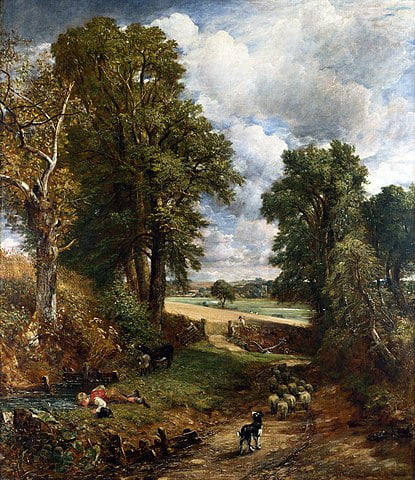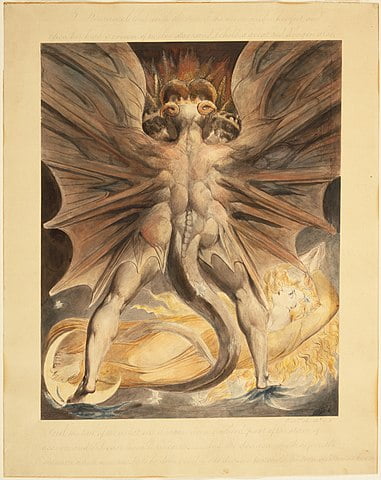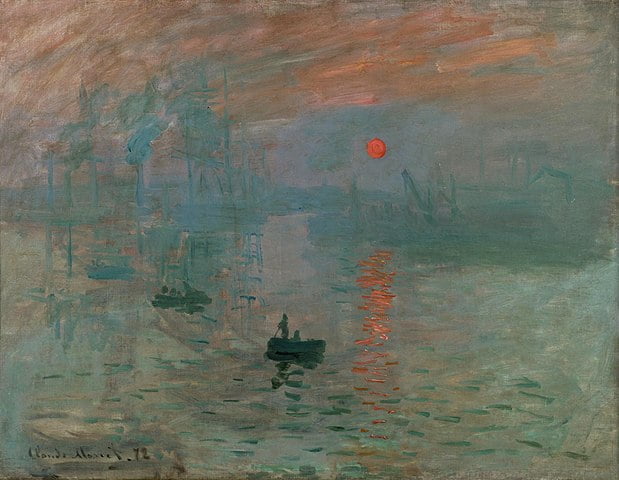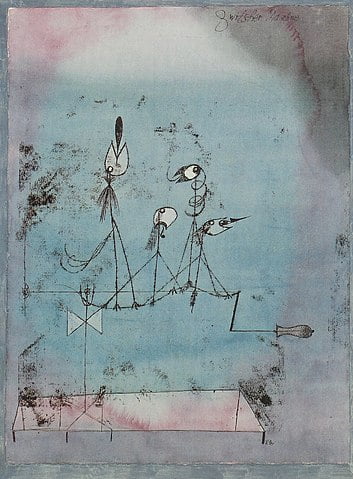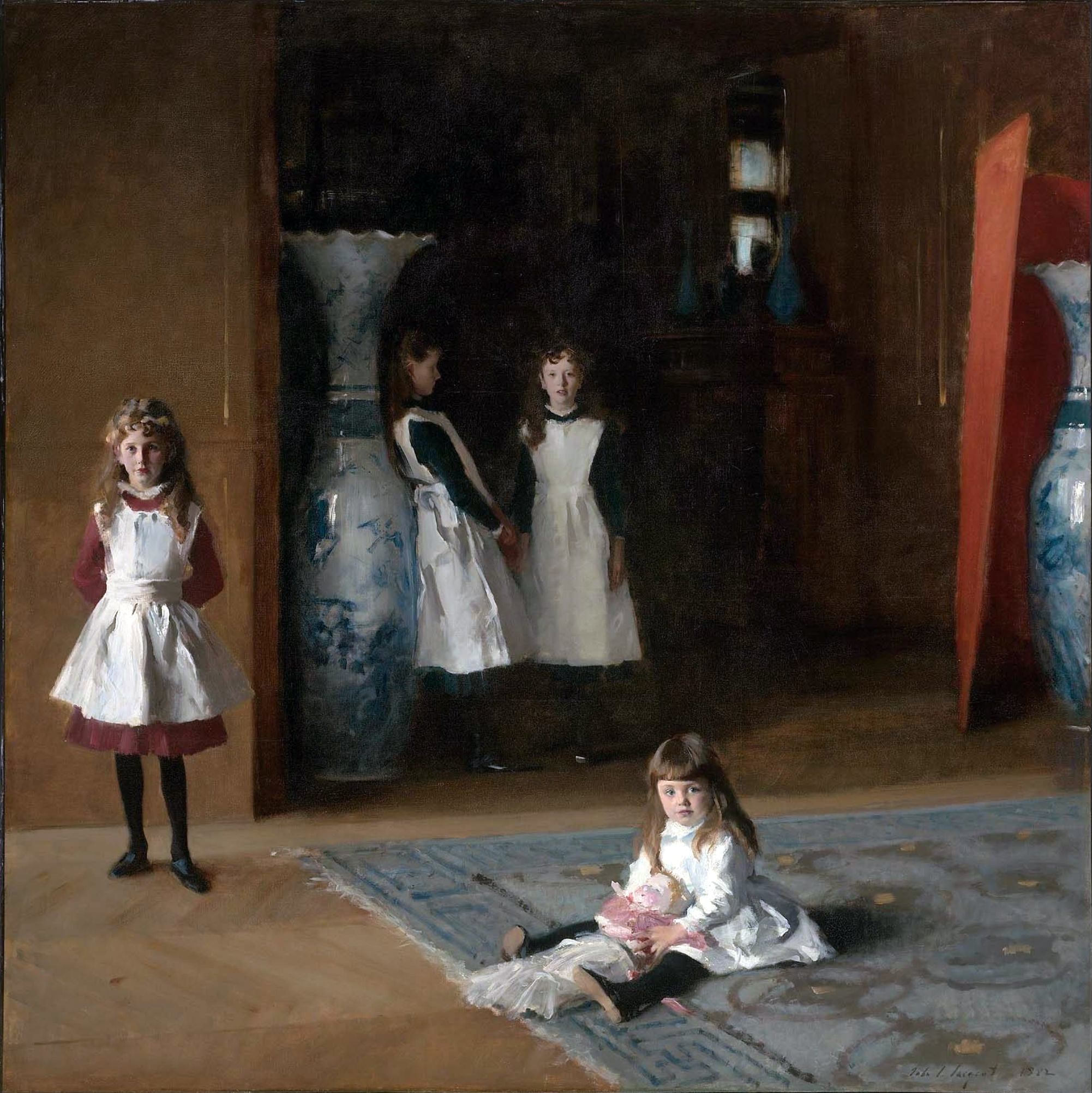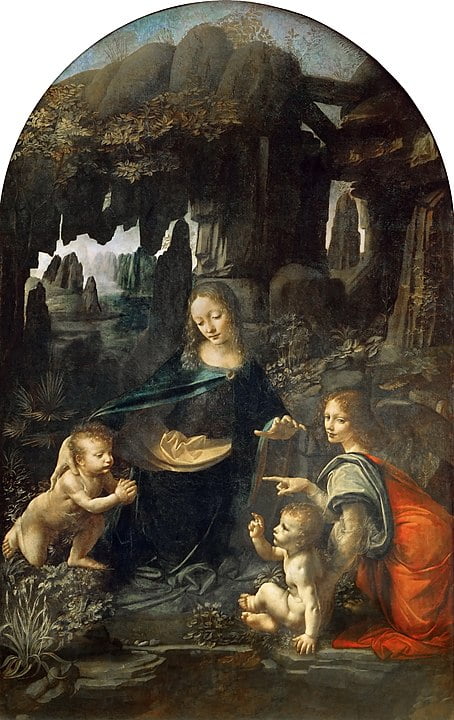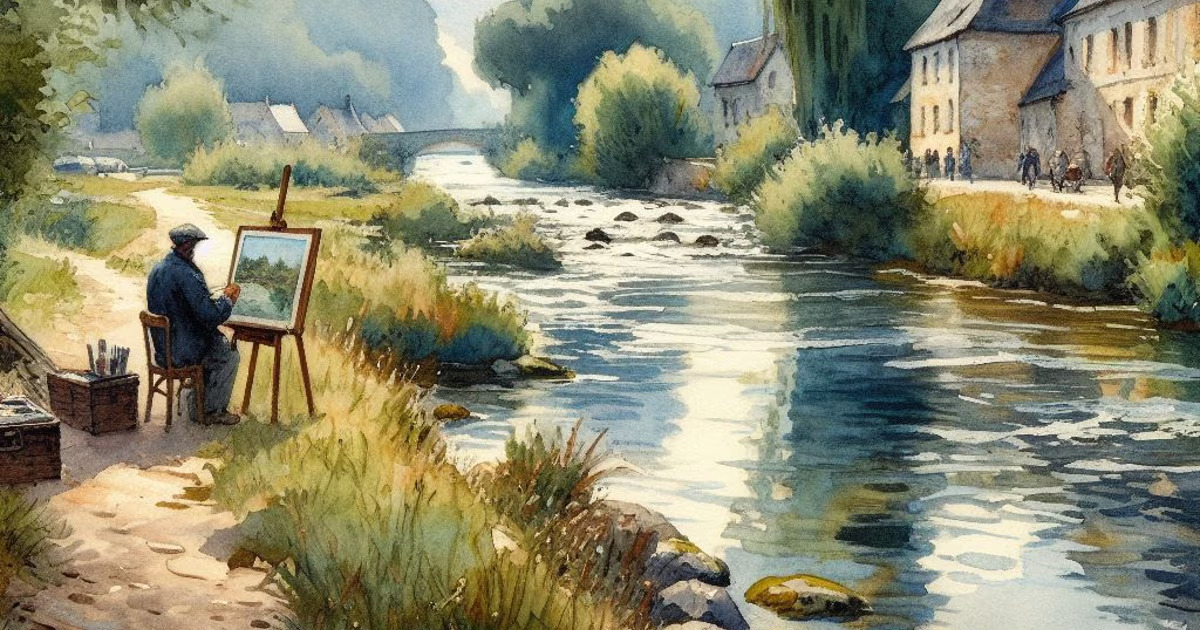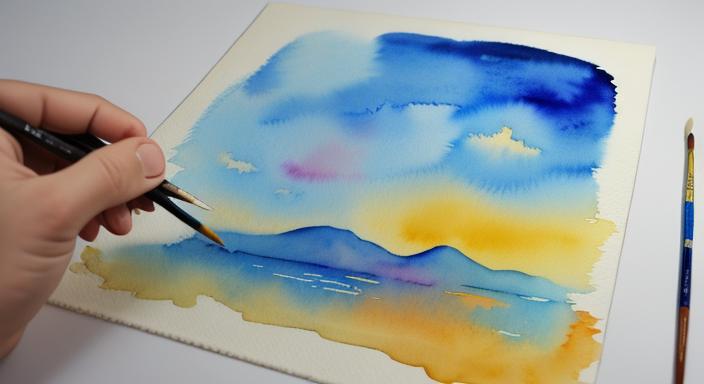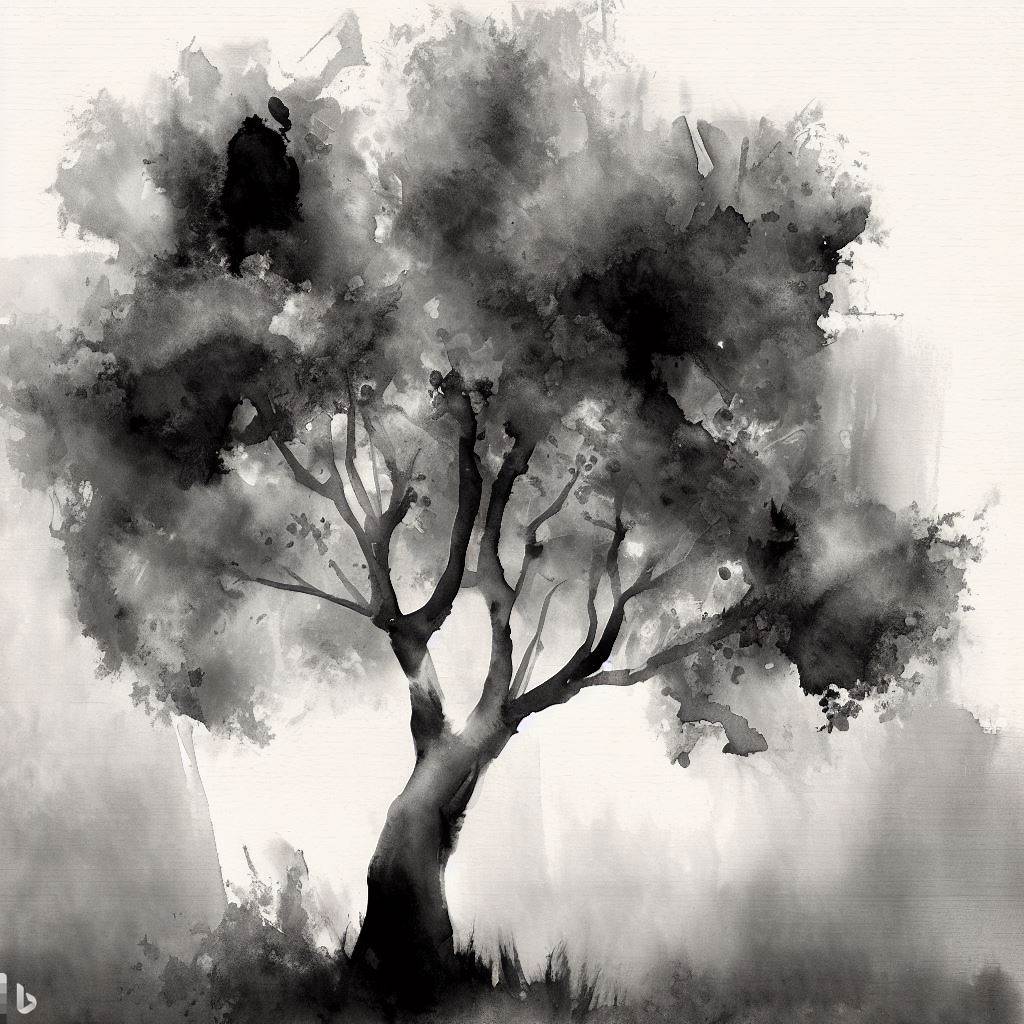Watercolor painting is a beautiful and expressive form of art that has been popular for centuries. Its unique characteristics make it a favorite medium for artists of all levels. Whether you are a beginner or an experienced painter, mastering watercolor painting techniques can be both challenging and rewarding.
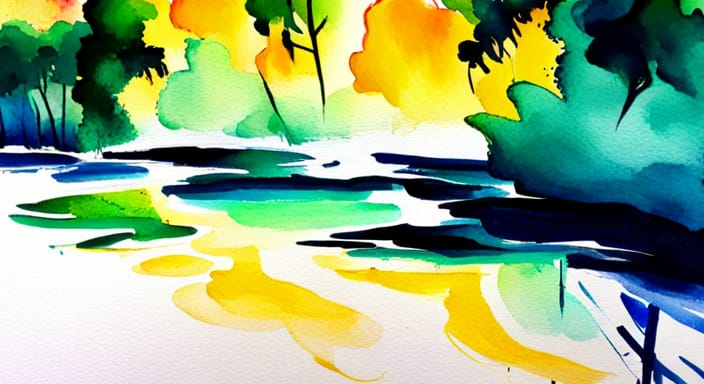
In this article, we will explore the secrets of watercolor painting and provide you with tips and techniques to create stunning works of art. We will cover everything from selecting the right materials to mastering basic techniques and creating your own unique style.
With these tips and tricks, you will be able to create beautiful watercolor paintings that capture the essence of your subject and leave a lasting impression on your audience. So, let’s dive in and discover the secrets of watercolor painting together!
Benefits of watercolor painting
There are many benefits to watercolor painting, including its portability, versatility, and ease of use. Unlike other mediums, watercolors are easy to transport, making them ideal for plein-air painting and travel. They can also be used on a variety of surfaces, including paper, canvas, and even wood. Watercolors are also forgiving, allowing you to make corrections or adjustments to your painting as you go.
In addition, watercolor painting can be a relaxing and meditative activity that can help reduce stress and anxiety. It encourages creativity and self-expression and can be a great way to connect with others who share your passion for art. Whether you are a beginner or an experienced painter, watercolor painting can provide a sense of fulfillment and joy.
Table of the Benefits of Watercolor Painting:
| Benefit | Description |
|---|---|
| Vibrant and translucent nature | Watercolors are known for their vibrant colors and translucent quality. This makes them ideal for creating paintings that are both visually appealing and delicate. |
| Quick drying time | Watercolors dry quickly, which means that artists can easily create multiple layers of paint without having to wait for each layer to dry completely. This can be helpful for artists who want to create paintings with a lot of detail. |
| Simple setup and clean-up process | Watercolor painting requires very little equipment, which makes it a great option for artists who are short on space or time. All you need is a few basic supplies, such as watercolor paints, brushes, and paper. And because watercolors are water-based, they are easy to clean up with soap and water. |
| Affordability | Watercolor paints are relatively affordable, which makes them a great option for budget-minded artists. There are a variety of brands and quality levels available, so artists can find a set that fits their needs and budget. |
| Versatility | Watercolors can be used to create a variety of different types of paintings, from landscapes to portraits to abstract art. This makes them a versatile medium that can be enjoyed by artists of all skill levels. |
Watercolor painting supplies
Before you start painting, it is important to have the right supplies. The following are some basic supplies you will need to get started with watercolor painting:
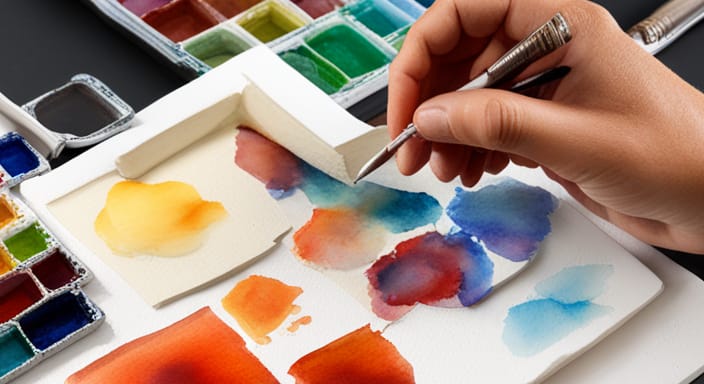
– Watercolor paints: There are many brands and types of watercolor paints available, including tubes, pans, and liquid watercolors. It is important to choose high-quality paints that are lightfast and not prone to fading over time.
– Watercolor paper: Watercolor paper is designed to absorb water and prevent buckling and warping. It comes in a variety of weights and textures, including cold-pressed, hot-pressed, and rough.
– Brushes: Watercolor brushes come in a variety of shapes and sizes, including round, flat, and filbert. It is important to choose brushes that are soft and absorbent, and made specifically for watercolor painting.
– Palette: A watercolor palette is used to hold and mix paint. It can be made of plastic, porcelain, or metal, and should have wells for mixing colors.
– Water container: You will need a container of water to rinse your brushes and dilute your paint.
– Masking fluid: Masking fluid is used to create areas of white in your painting by covering them with a liquid that dries to a rubbery consistency and can be peeled off.
Watercolor painting techniques for beginners
If you are new to watercolor painting, there are some basic techniques you should master before moving on to more advanced techniques. The following are some techniques that are essential for beginners:
– Wet on wet: This technique involves applying wet paint to a wet surface, which allows the paint to blend and create soft edges.
– Dry brush: This technique involves using a dry brush to apply paint to a dry surface, which creates a textured, rough effect.
– Glazing: This technique involves applying thin layers of paint over a dry layer to create depth and luminosity.
– Lifting: This technique involves removing paint from a wet or dry surface using a damp brush or paper towel.
– Graded wash: This technique involves creating a gradual transition from light to dark by applying a series of washes.
Advanced watercolor painting techniques
Once you have mastered the basic techniques, you can move on to more advanced techniques that can help you create more complex and sophisticated works of art. The following are some advanced techniques to try:
– Layering: This technique involves applying multiple layers of paint to create depth and complexity.
– Dry brush blending: This technique involves using a dry brush to blend colors together on a dry surface to create a soft, diffused effect.
– Sgraffito: This technique involves scratching into the surface of a dry layer of paint to reveal the layer underneath.
– Salt effects: This technique involves sprinkling salt onto a wet wash to create a textured effect.
– Negative painting: This technique involves painting around the subject to create a negative space, which can add depth and dimension to your painting.
Tips for successful watercolor painting
In addition to mastering techniques, there are some tips and tricks that can help you create successful watercolor paintings:
– Plan your painting: Before you start painting, it is important to plan out your composition and decide on your color scheme.
– Use a limited color palette: Using a limited color palette can help create a cohesive and harmonious painting.
– Work from light to dark: Start with light washes and build up to darker colors, which can help create depth and dimension.
– Leave white areas: Leaving areas of white paper can add contrast and interest to your painting.
– Practice, practice, practice: The more you paint, the better you will become. Make time to practice regularly and experiment with different techniques.
Common watercolor painting mistakes and how to avoid them
There are some common mistakes that beginners make when painting with watercolors. The following are some mistakes to avoid:
– Overworking your painting: Overworking your painting can lead to muddy colors and a lack of clarity. It is important to know when to stop and let your painting dry before adding more layers or details.
– Using too much water: Using too much water can lead to buckling and warping of your paper. It is important to use a minimal amount of water and allow each layer to dry completely before adding more.
– Not using enough pigment: Not using enough pigment can lead to weak, washed-out colors. It is important to use a sufficient amount of pigment to create rich, vibrant colors.
– Using the wrong paper: Using the wrong paper can lead to buckling, warping, and bleeding of your paint. It is important to use high-quality watercolor paper that is designed for watercolor painting.
– Not testing your colors: Not testing your colors before applying them to your painting can lead to unexpected results. It is important to test your colors on a separate piece of paper before applying them to your painting.
Watercolor painting inspiration and resources
If you are looking for inspiration or resources to help you improve your watercolor painting skills, there are many options available. The following are some resources to explore:
– Online tutorials: There are many online tutorials and courses available that can help you learn new techniques and improve your skills.
– Art books: There are many books available on watercolor painting that can provide inspiration and guidance.
– Art museums and galleries: Visiting art museums and galleries can provide inspiration and help you appreciate the work of other artists.
– Social media: Following other artists on social media can provide inspiration and help you stay connected with other artists.
Famous watercolor artists and their work
There are many famous watercolor artists throughout history who have created stunning works of art. The following are some famous watercolor artists and their work:
– J.M.W. Turner: Turner was a British artist who is known for his atmospheric and dramatic watercolor landscapes.
– John Singer Sargent: Sargent was an American artist who is known for his portraits and watercolor paintings of landscapes and architectural subjects.
– Winslow Homer: Homer was an American artist who is known for his watercolor paintings of marine subjects and landscapes.
– Georgia O’Keeffe: O’Keeffe was an American artist who is known for her watercolor paintings of flowers and landscapes.
– Paul Klee: Klee was a Swiss artist who is known for his abstract and experimental watercolor paintings.
Conclusion
Watercolor painting is a beautiful and expressive art form that can provide many benefits to artists of all levels. By mastering basic techniques, exploring advanced techniques, and following tips and tricks, you can create stunning works of art that capture the essence of your subject and leave a lasting impression on your audience. Whether you are a beginner or an experienced painter, watercolor painting can provide a sense of fulfillment and joy. So, pick up your brushes and start exploring the secrets of watercolor painting today!
